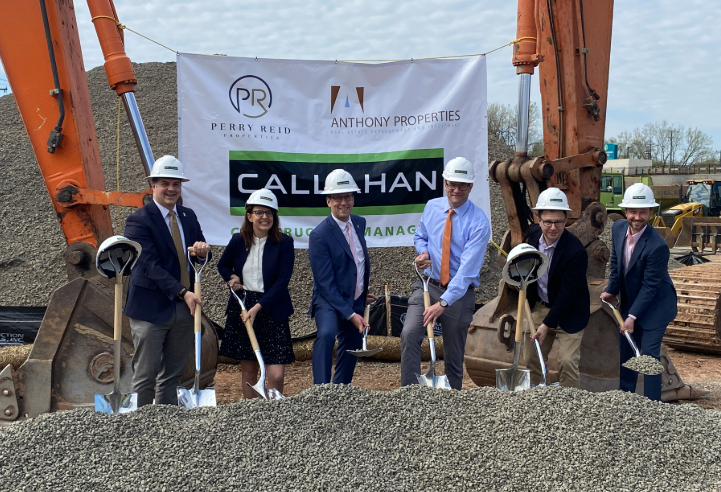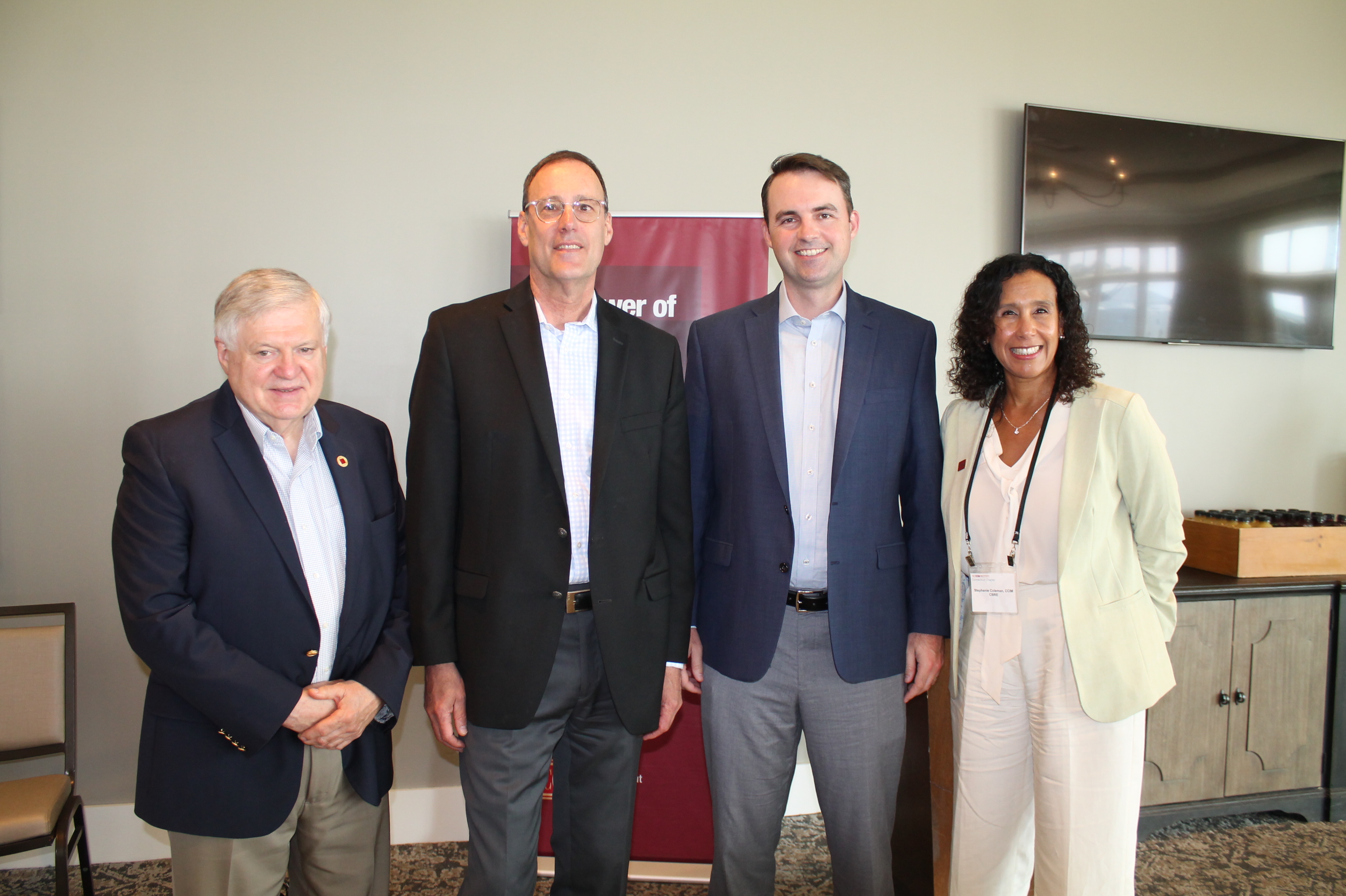News: Connecticut
Posted: November 17, 2011
Commercial banks mislead their borrowers regarding interest rates charged
Amortization of a loan is a simple concept. Professional real estate practioners understand this as second nature. As a matter of fact, in today's world, most people can print an amortization schedule from their computer, or there is even an "Apt for that"; many can print an amortization schedule from their phone. The most common method to solve for payment, or present value or future value of an amortizing mortgage is a financial calculator, and many carry one around. So amortizing a mortgage is a simple math problem.
This is well understood. As a matter of fact with so many residential loans, the market determined, to keep it simple that on average there is 12 - 30 day months in a year. So the agreed annual interest rate is divided by 360 days and the daily rate is calculated, principal reduction is added allowing for the same payment amount each month. Since this is agreed upon, the annual interest rate is earned and paid.
Some commercial loans have uneven monthly payments. This happens when interest is charged on a daily rate, as the day occurs. In this case the daily interest rate is determined by dividing an agreed upon annual rate by 365 days or 364 days, depending on the year and adding the principal reduction to the payment each month. Your financial calculator also figures this payment, by pressing the proper key strokes. When this occurs, the transaction is calculated fairly, and the borrow pays the agreed upon annual interest rate.
However, this is not what is occurring. I came upon this during a closing of a ten year swap. The agreed upon interest rate, was not determined until the closing, with Wall Street on the phone, the bank and the borrower together made the Wall Street trade. The annual interest rate was agreed at 4.43 % . The bank created the payment schedule, however the payment amount and the ten year balloon payment did not yield the 4.43% that was agreed.
I checked the payments on my HP12C. The two lawyers left the room to determine the correct payments. They came back with amortization schedules confirming the HP12C was correct. Even the Wall Street broker confirmed the payments and future value we calculated were correct.
No person from the bank could tell us, why the banks payment amount and their future value amount was higher. The bank even called the most senior loan officer of the bank, and his comment was "this is how the bank calculates "it". (no explanation what "it" was)
I entered the banks requested payment, and the suggested future value into the HP12C to determine the interest rate the bank was charging. This was not the agreed upon 4.43% but was 4.64%, 21 basis points higher than our agreement. On my small $2 million loan this added $50,000 of extra interest, simply, because "that is how our bank calculates "it".
Now sitting at the closing table, with a fiduciary obligation to my partners, I understood that the bank was overcharging us $50,000.
However, closing costs, with attorney fees, weeks of preparation, bank cost, appraisal fees, amounted to $50,000, if we did not close. So we decided to close. However, we did not understand why this extra $50,000 charge.
Back in my office I trid to figure what had happen. I finally realized the bank calculated a daily interest rate by dividing 360 days into the agreed upon annual interest rate. However, they were billing for 365 days. This is not the correct math to determine daily interest if you bill for 365 days.
I called other lenders, to see if they apply this same technique. I spoke to a well-seasoned lender, who said "about fifteen years ago, the commercial banks determined that they were losing five days interest, so they started to calculate interest in this manner."
I cannot believe no one has recognized that the banks are losing five days interest, they are over charging their borrowers by 21 basis points, by calculating a 360 day annual rate, and billing the borrow for 365 days. So they are adding almost a quarter of a percent onto every loan, and not disclosing this to their borrowers. So for my small $2 million loan this is a $50,000 extra charge. However for a $200 million loan, or (100) $2 million loans this is $500,000.
I believe this is dishonest and lacks disclosure to the borrower. I cannot believe this has gone un-discussed and under the radar all this time. The attorneys can't explain it, the bankers can't explain it, and quite simply there is no explanation for it, except that the banks are overcharging the borrowers more than the agreed upon interest rate.
Now you know.
Peter D'Addeo, CCIM is the owner of Commercial Services Realty, Rocky Hill, Conn.
Tags:
Connecticut
MORE FROM Connecticut
Highcap Group brokers $41.1 million sale of two building multifamily portfolio
Norwalk, CT Highcap Group has completed the sale of two luxury multifamily properties with a total of 120 units for a combined purchase price of $41.4 million.

Quick Hits







.png)